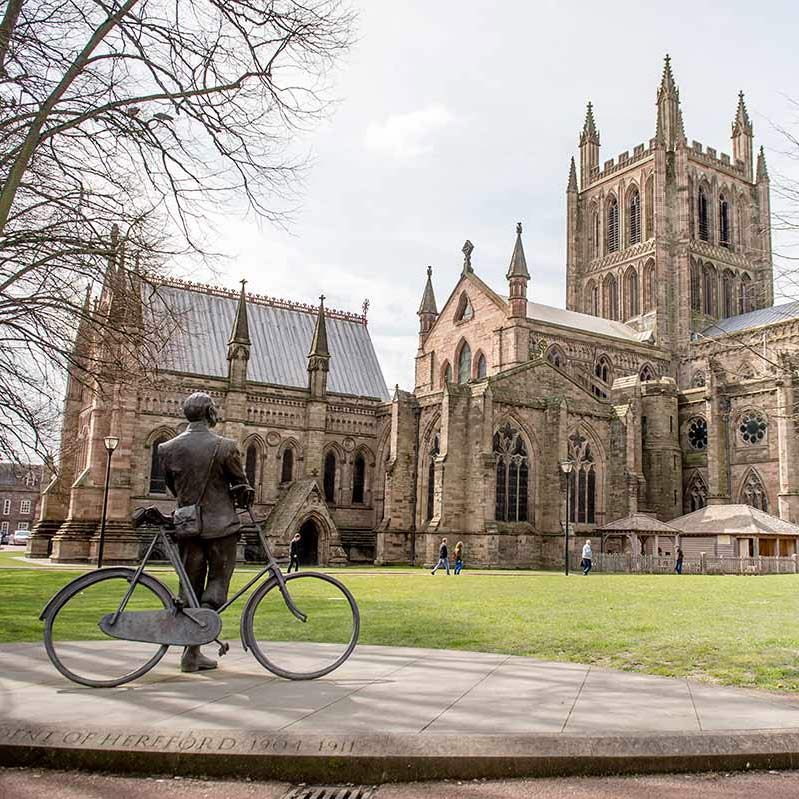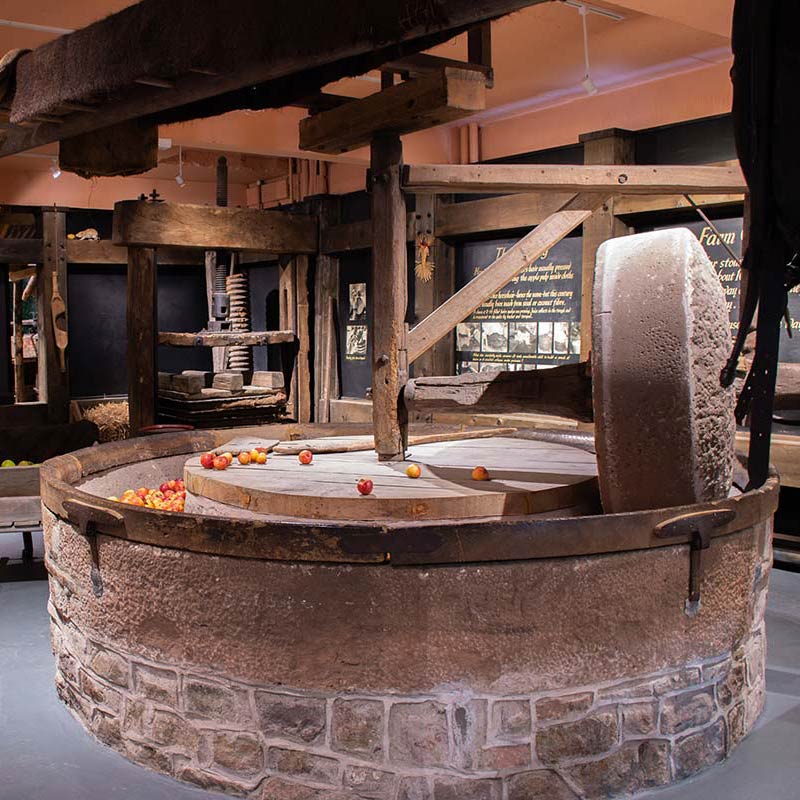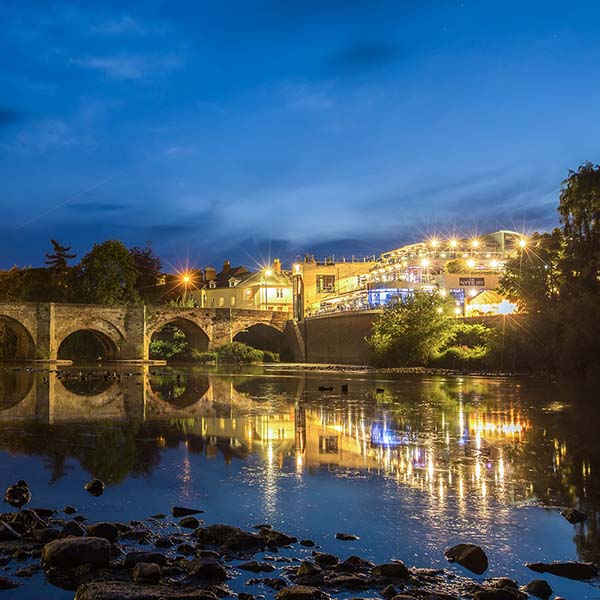Heritage
Commanding a strategically important location on the banks of the Wye and in the much-disputed borderland between England and Wales, Hereford was a critically important settlement for the Saxons, the Normans and their successors. The city played a leading part in the events before and after the Norman Conquest, throughout the turbulent Middle Ages and during the Civil War.



